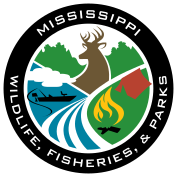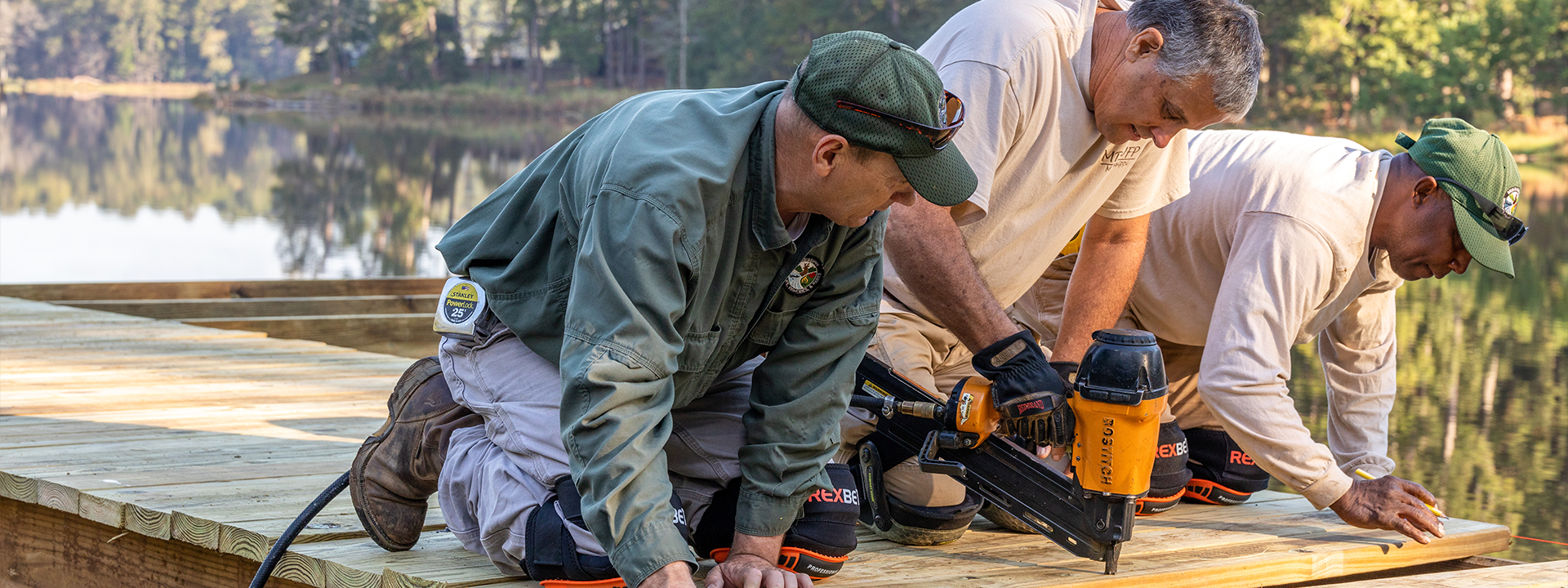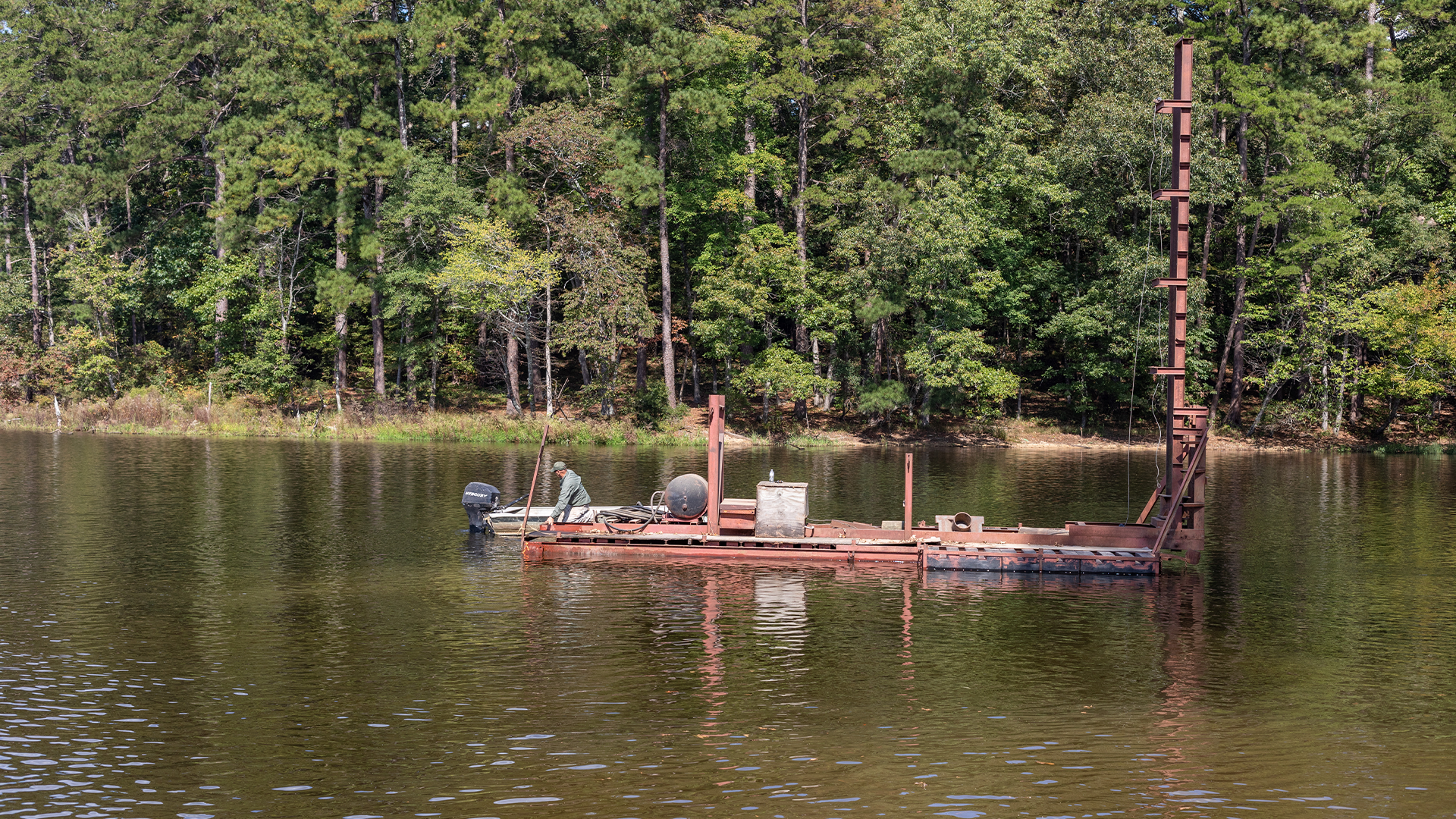

For pond owners, reaching a favorite fishing spot is often as easy as a short walk from home. However, accessing public lakes entails considering various factors, such as pier availability, shoreline access, and the condition of boat ramps.
Mississippi boasts abundant freshwater fishing opportunities, with over 4,000 miles of streams and 282,000 acres of lakes and reservoirs. The Mississippi Department of Wildlife, Fisheries and Parks (MDWFP) addresses public access through its Ramp and Pier Program, which constructs, renovates, and funds public boat ramps and courtesy piers. This initiative is financed through state funds, fishing license sales, and federal assistance.
When you purchase fishing gear, motors, or fuel, you're contributing to this program, supported by the Federal Aid to Sportfish Restoration. Notably, at least 15% of federal funds must go toward access projects. The MDWFP employs four full-time staff members dedicated to these efforts, equipped with boats and heavy machinery to build ramps and piers throughout the state.
Getting Started: The Process
The construction of a new ramp involves several steps:
Request Submission: Someone identifies a site and explains the necessity for a ramp.
Site Review: MDWFP evaluates the request, checks proximity to existing ramps, and consults with the landowner for a site visit.
Lease Agreement: If a new ramp is deemed necessary, MDWFP seeks a 20-year lease from the landowner, ensuring the ramp will remain public and free of charge. Without this agreement, no ramp will be built.
Maintenance Commitment: MDWFP secures a maintenance agreement with local authorities, usually the County Board of Supervisors, to keep the area clean and functional.
Next, environmental and cultural assessments are conducted to identify any potential impacts on wildlife and habitats. If permits are obtained without objection, construction can proceed.
Construction: Building Access Points
MDWFP staff routinely travels to various sites for ramp and pier construction or repairs, with schedules influenced by seasonal weather and water levels. Optimal times for building ramps are during low-water seasons (summer to December), while piers are constructed in winter and spring when water levels rise.
During construction, MDWFP teams clear land for access roads, parking, and the ramp itself, creating a sloped cut to the water. A push-in slab made from concrete is then created, which extends out into the water after curing. Rip-rap may be placed at the end of the slab to prevent erosion. Gravel is added for parking areas, and signage acknowledges funding sources and local sponsorship.

MDWFP also designs and builds piers, leveraging a custom pile-driving barge for effective construction. Piers constructed are typically 200 feet long, handicapped-accessible, and equipped with features to enhance usability for all anglers. This accessibility effort includes a gentle slope and handrails placed strategically for wheelchair users. Each pier represents approximately $1 million of investment.
Finding Access
To locate boat ramps in Mississippi, visit www.mdwfp.com/fishing-boating/ramps-piers. Information is available by county or waterbody, including GPS coordinates, directions, access fees, and ramp conditions.
Since the program's inception in 1984, MDWFP has constructed 202 ramps and 73 piers. The organization is always seeking new ramp sites, although acquiring leases can be complex. Any connections with landowners or local officials would be appreciated.